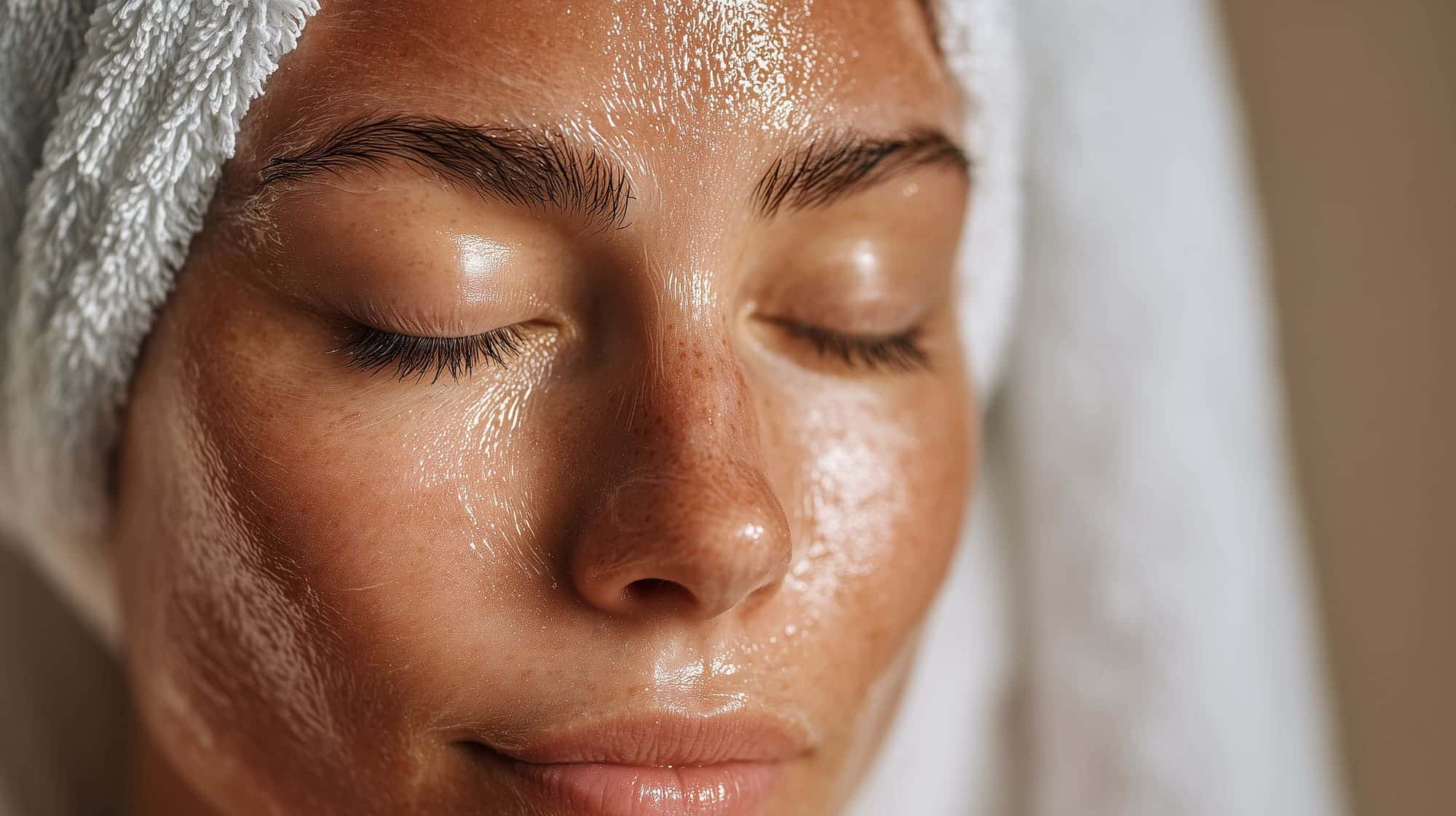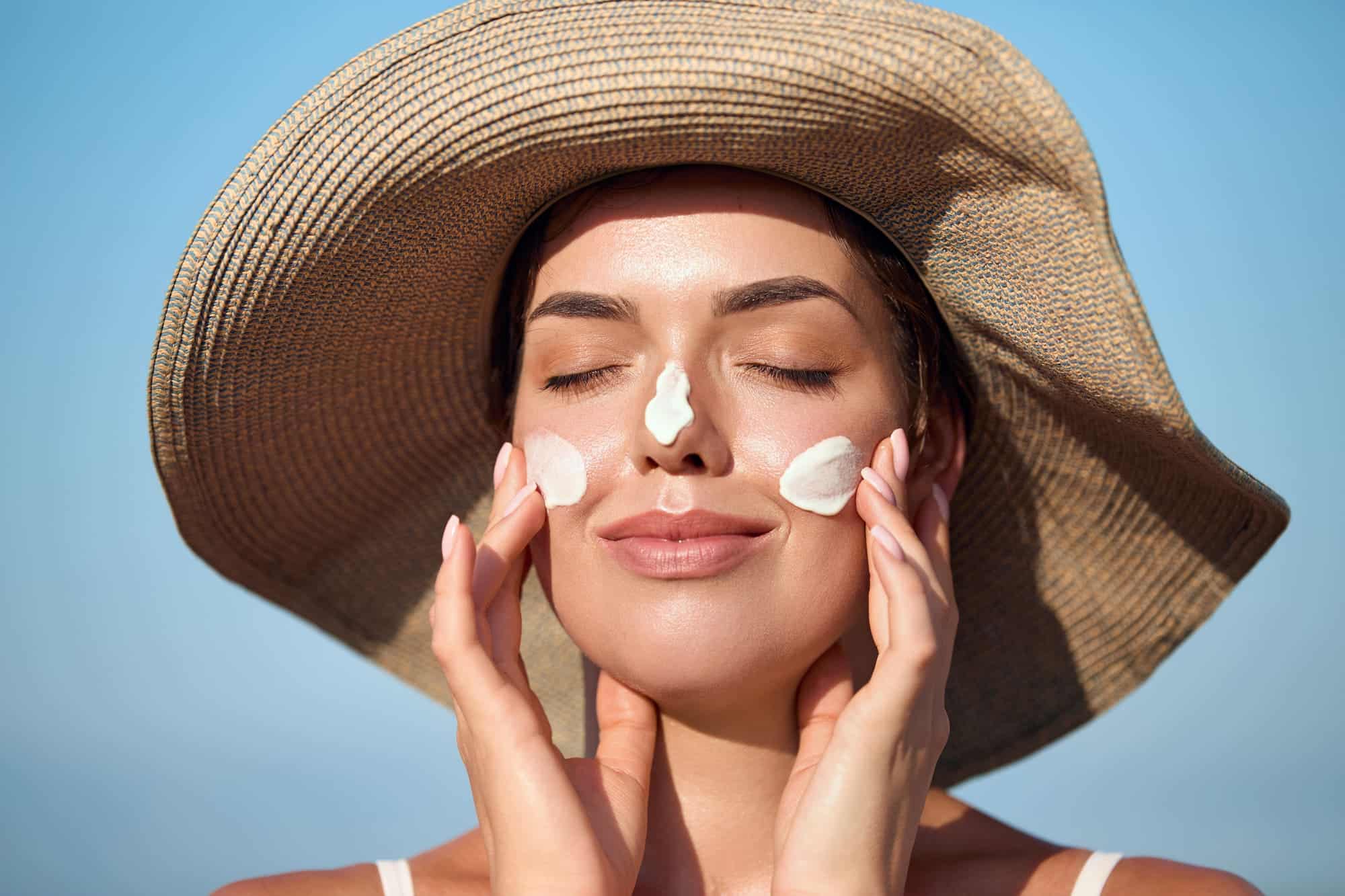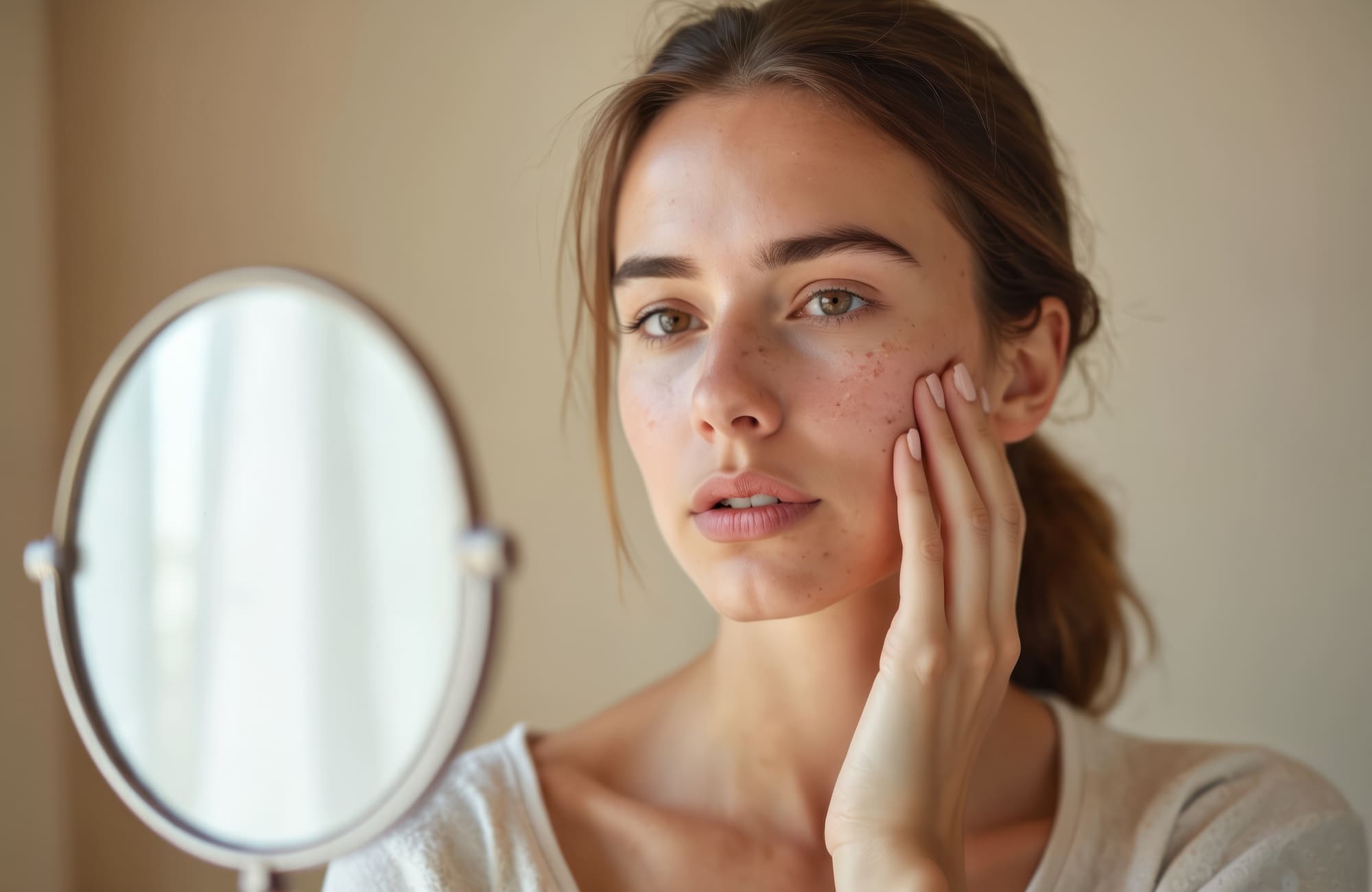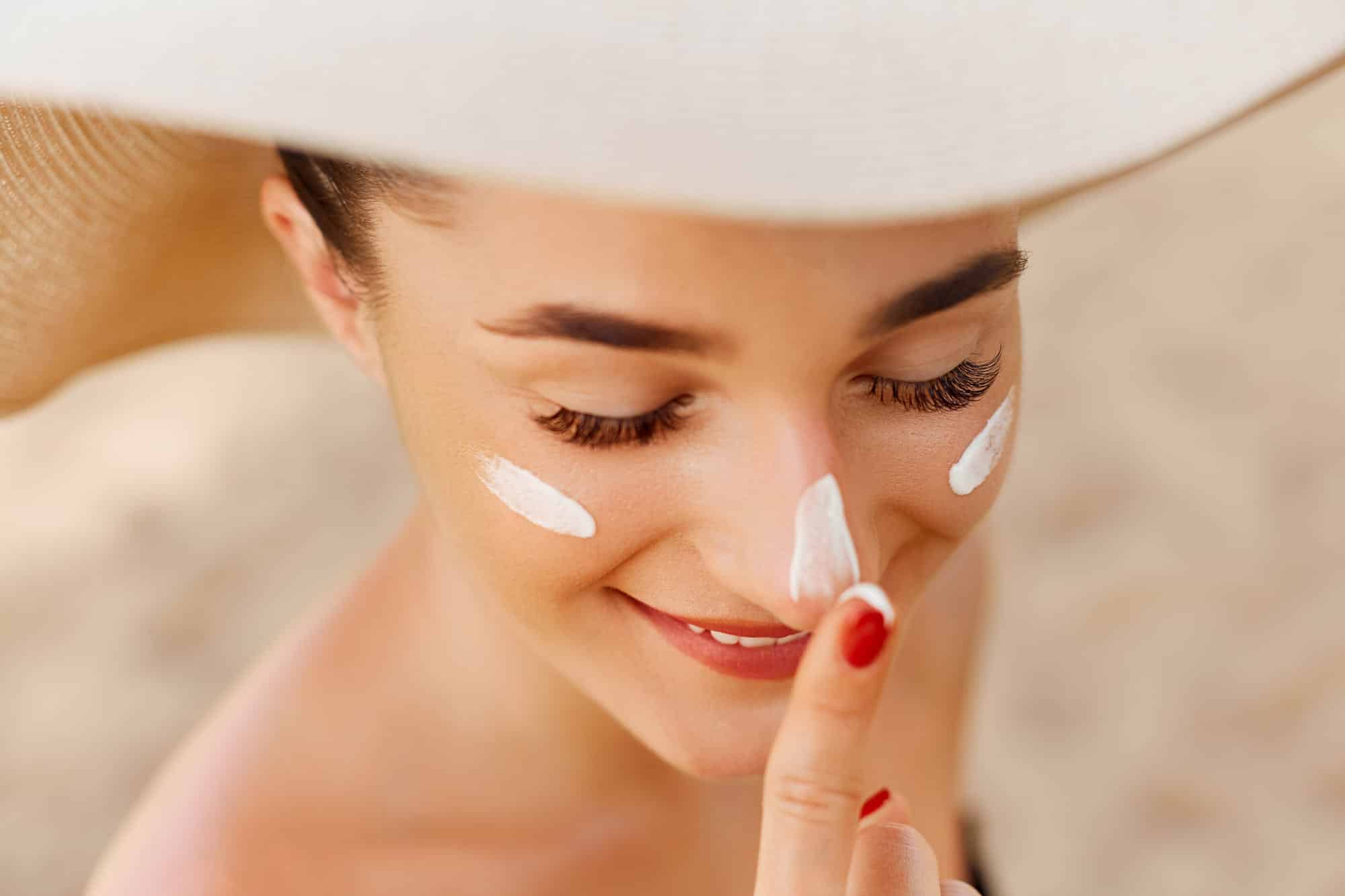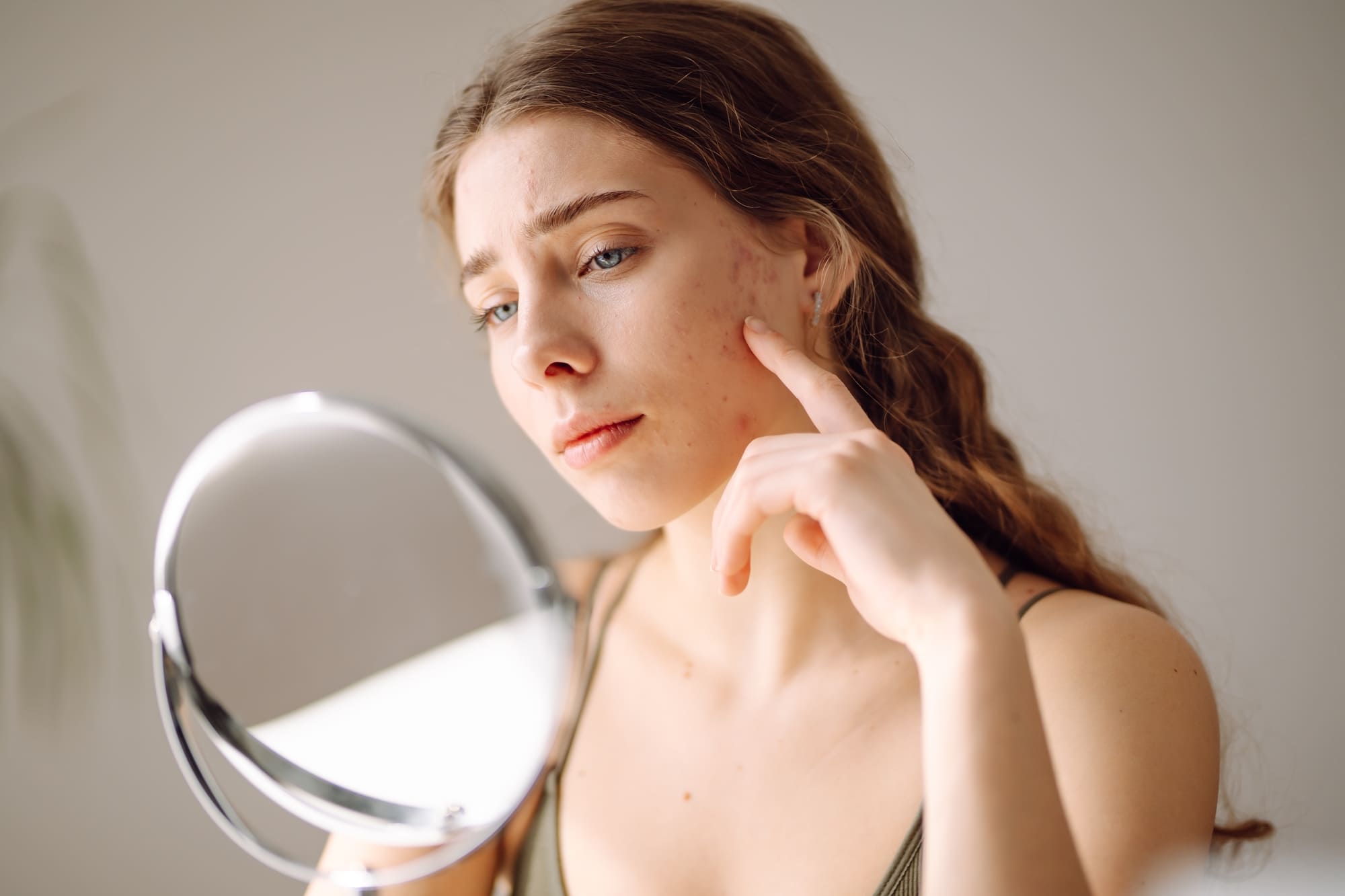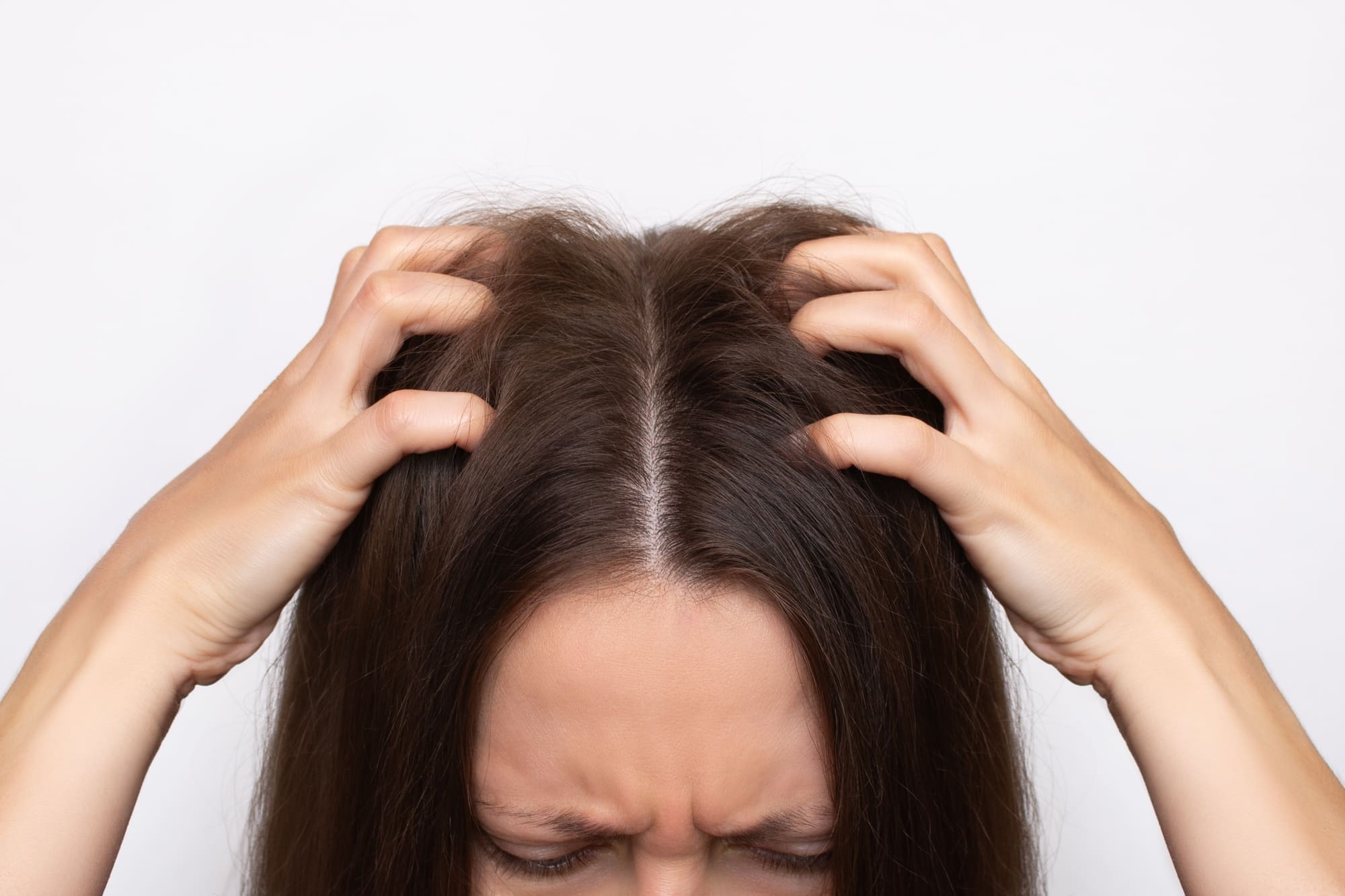Have you noticed that no matter how much cream you use, your skin doesn’t “wake up”? The answer usually lies in the most underrated step of all routines: facial cleansing. I’ve put together this clear and actionable guide to help you understand what it is, the benefits of facial cleansing, the ideal frequency of your facial routine, and a step-by-step guide that you can start using today, without any fuss.
What is facial cleansing?
Facial cleansing is the process of removing dirt, sweat, oxidized sebum, sunscreen residue, pollution, and makeup from the skin’s surface. It’s not just about “washing your face”: good cleansing respects the pH, keeps the skin barrier stable, and prepares the skin to better absorb the following products (toners, serums, creams, and sun protection). At home, this is achieved with gentle formulas and the right technique; periodically, you can complement it with gentle exfoliation to refine texture.
Benefits of deep facial cleansing
- Prevents blemishes: by preventing pores from becoming clogged with sebum and debris.
- Improves radiance: removes particles and dead cells that dull the complexion.
- Optimizes your skincare products: serums penetrate and work better on clean skin.
- Balances the skin barrier: when the cleanser is right, it reduces tightness and sensitivity.
- More even texture: with the combination of consistent cleansing + gentle weekly exfoliation.
When and how often to do it
- Twice a day: morning and night is the standard for most people.
- After working out: if you sweat, cleanse (or at least rinse) and reapply moisturizer/SPF if it’s daytime.
- Exfoliation: 1–3 times/week depending on tolerance (less if your skin is sensitive; more if it is thick/oily).
- Avoid washing more than 3 times/day: you could upset the barrier, with a rebound effect (more sebum/tightness).
Step-by-step cleansing
In the morning (3 steps)
- Gentle cleansing (30–40 seconds): In the morning, the goal is to remove nighttime sweat, sebum, and product residue. Use a gentle cleanser suited to your skin type (gel if you have combination/oily skin; cream or milk if you have dry/sensitive skin). Massage for 30–40 seconds and rinse with warm water. Energizing by Toskani is ideal for this.
- Light moisturizing: A toner or essence with moisturizers (glycerin, panthenol) can help soothe the skin. Toskani offers Bamboo Hydratonic.
- Sun protection: Finish with a light moisturizer and broad-spectrum sunscreen. If you have sensitive skin or are post-treatment, a mineral filter is usually an excellent alternative. At Toskani, Sun Shield-D Mineral Stick SPF 50+ offers immediate protection, high tolerance, and a natural finish, ideal for delicate areas and touch-ups throughout the day.
At night (4–5 steps)
- Double cleansing (if you wear makeup or waterproof SPF)
- Oil phase: balm or oil to dissolve filters and pigments without rubbing.
- Water phase: Follow with your gel or cleansing milk to remove sweat and water-soluble residues. If you don’t wear makeup or water-resistant products, a single cleanse with a gentle cleanser may be sufficient.
- Gentle exfoliation (2–3 nights/week): Alternate AHA/BHA depending on your skin. The key: don’t irritate. If you notice tightness or persistent redness, reduce the frequency.
- Treatment serum: After cleansing, apply the serum according to your goal (hydration, antioxidants, pores, blemishes). If your skin is oily or acne-prone, Toskani’s Purifying range includes solutions that regulate sebum and calm inflammation, such as Purifying Intensive Serum. And if you need to identify your acne type to make the best choice, here is a quick guide to distinguishing between lesions and severity.
- Final cream: Seal with a cream suited to your skin type: light if it is combination/oily; more nourishing if it is dry or dehydrated. For blemished skin, Toskani Purifying Cream complements the serum (use at night if your routine already includes exfoliating active ingredients).
- Localized treatment (optional): For occasional pimples, formulas with salicylic acid are useful. If you are unsure of your type of lesions, check out: How to identify different types of acne. For more information on this point, you can read our article on facial peeling.
Tips according to your skin type
- Oily/combination with visible pores: gentle foaming gel morning and night; integrate BHA (salicylic) 2–3 nights/week.
- Dry/dehydrated: cream/milk textures; avoid very hot water; prioritize moisturizers and ceramides.
- Sensitive/reactive: fragrance-free formulas with physiological pH; pat dry without rubbing; opt for mineral SPF.
With blemishes: be consistent with nightly cleansing and gentle exfoliation; daily SPF is non-negotiable

